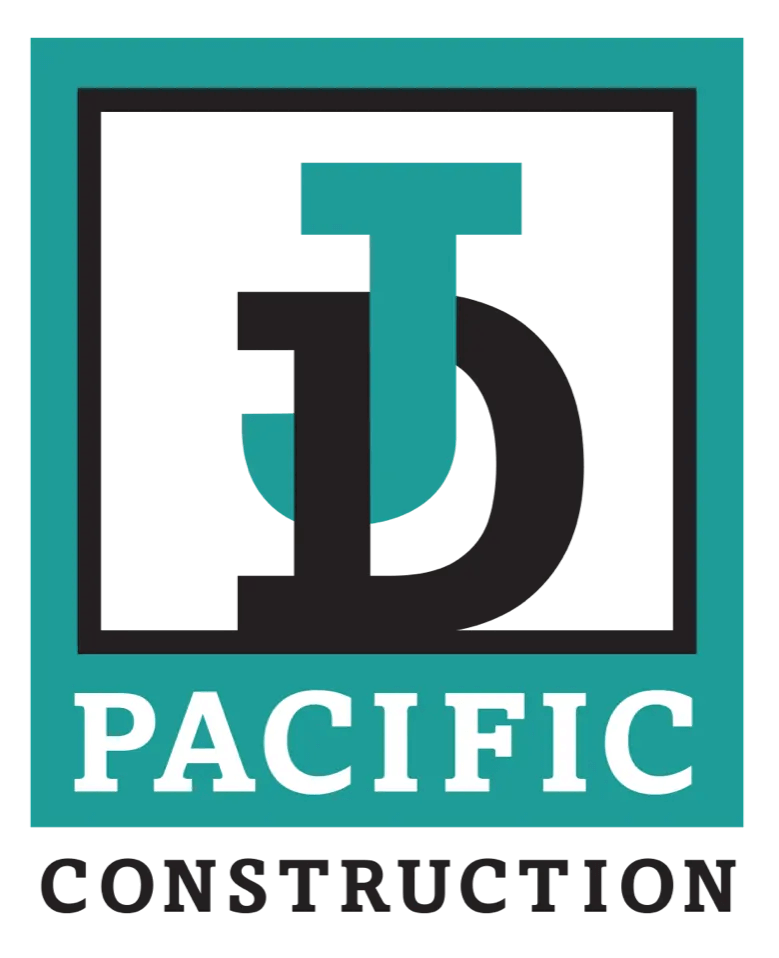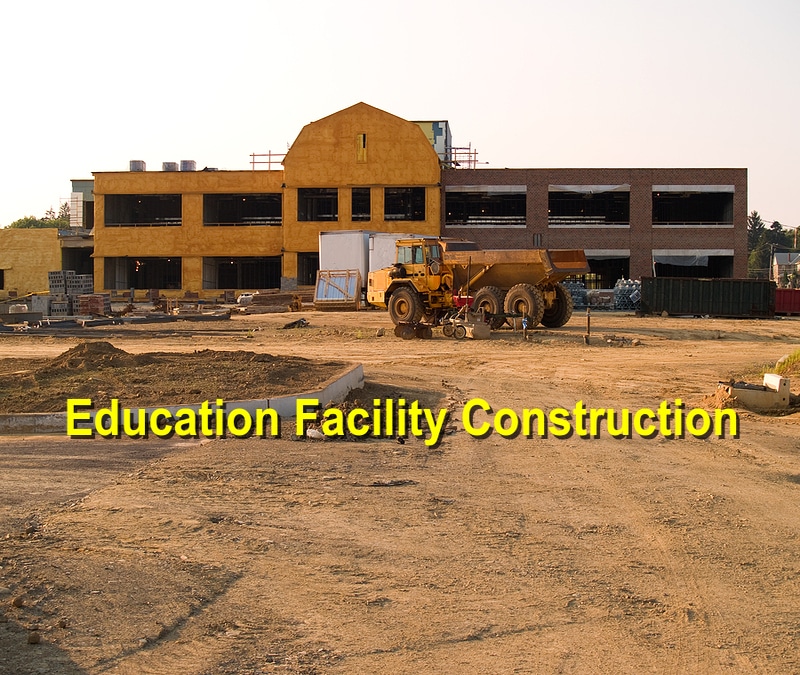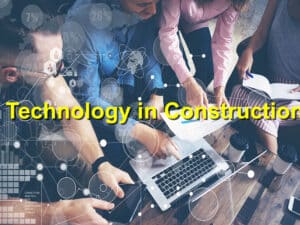As the new school year approaches, the construction of educational facilities becomes a critical focus for ensuring that students and educators have modern, functional, and inspiring spaces. From elementary schools to universities, the design and construction of these facilities play a pivotal role in the educational experience. Here’s a look at the latest trends and best practices in educational facility construction.
1. Flexible Learning Spaces
Modern educational facilities prioritize flexibility to accommodate various teaching and learning styles:
- Modular Classrooms: These classrooms can be reconfigured to suit different activities and group sizes, promoting collaboration and adaptability.
- Movable Furniture: Desks, chairs, and tables that can be easily rearranged help create dynamic learning environments.
- Multi-Purpose Areas: Spaces designed for multiple uses, such as combined library and study areas or gymnasiums that double as assembly halls, maximize the functionality of the facility.
2. Incorporating Technology
Integrating technology is essential for contemporary education:
- Smart Classrooms: Equipped with interactive whiteboards, projectors, and advanced audio-visual systems, smart classrooms enhance the teaching and learning experience.
- Wi-Fi Connectivity: Robust wireless internet access throughout the facility ensures that students and staff can utilize digital resources effectively.
- Charging Stations: Providing ample charging stations for laptops, tablets, and other devices supports a tech-forward learning environment.
3. Sustainable Design
Sustainability is a key consideration in educational facility construction:
- Energy Efficiency: Utilizing energy-efficient lighting, heating, and cooling systems reduces the environmental footprint and operational costs.
- Green Materials: Incorporating eco-friendly building materials such as recycled content and low-VOC paints contributes to a healthier indoor environment.
- Natural Lighting: Maximizing natural light through large windows and skylights improves energy efficiency and creates a more pleasant learning atmosphere.
4. Safety and Security
Ensuring the safety and security of students and staff is paramount:
- Secure Entrances: Controlled access points and secure entry systems help protect against unauthorized access.
- Surveillance Systems: Comprehensive CCTV coverage and security monitoring enhance the safety of the facility.
- Emergency Preparedness: Incorporating clear evacuation routes, alarm systems, and emergency communication protocols is crucial for handling emergencies.
5. Health and Wellness
Promoting health and wellness is increasingly important in educational environments:
- Air Quality: Advanced HVAC systems and air purification technologies improve indoor air quality, reducing the spread of illness.
- Ergonomic Furniture: Providing ergonomic furniture supports the physical well-being of students and staff, reducing discomfort and enhancing focus.
- Outdoor Spaces: Creating outdoor learning and recreational areas encourages physical activity and provides a break from indoor environments.
6. Community Engagement
Educational facilities often serve as community hubs:
- Shared Spaces: Designing spaces that can be used for community events, meetings, and activities fosters stronger community ties.
- Partnerships: Collaborating with local organizations and businesses can enhance educational opportunities and provide additional resources.
- Accessibility: Ensuring that the facility is accessible to all community members, including those with disabilities, promotes inclusivity.
7. Innovative Design
Modern educational facilities embrace innovative design concepts:
- Open Layouts: Open and airy layouts with fewer walls create a sense of community and facilitate better communication.
- Color and Creativity: Using vibrant colors and creative design elements can stimulate learning and make the environment more engaging.
- Acoustic Design: Implementing sound-absorbing materials and designs helps reduce noise levels, creating a conducive learning environment.
8. Future-Proofing
Designing with the future in mind ensures the longevity and relevance of the facility:
- Scalable Infrastructure: Incorporating infrastructure that can be easily expanded or upgraded accommodates future growth and technological advancements.
- Adaptable Spaces: Designing spaces that can evolve with changing educational needs and trends ensures long-term functionality.
- Sustainable Growth: Planning for sustainable expansion and development supports the ongoing needs of the educational community.
Conclusion
The construction of educational facilities is an evolving field that combines functionality, technology, sustainability, and safety to create environments conducive to learning and growth. By embracing flexible learning spaces, incorporating advanced technology, prioritizing sustainability, ensuring safety, promoting health and wellness, engaging the community, implementing innovative design, and future-proofing the infrastructure, educational institutions can provide modern, inspiring, and adaptable spaces for students and educators. These best practices and trends in educational facility construction not only enhance the educational experience but also contribute to the overall well-being and success of the school community.
References: Willmot Dixon, PublicSector




